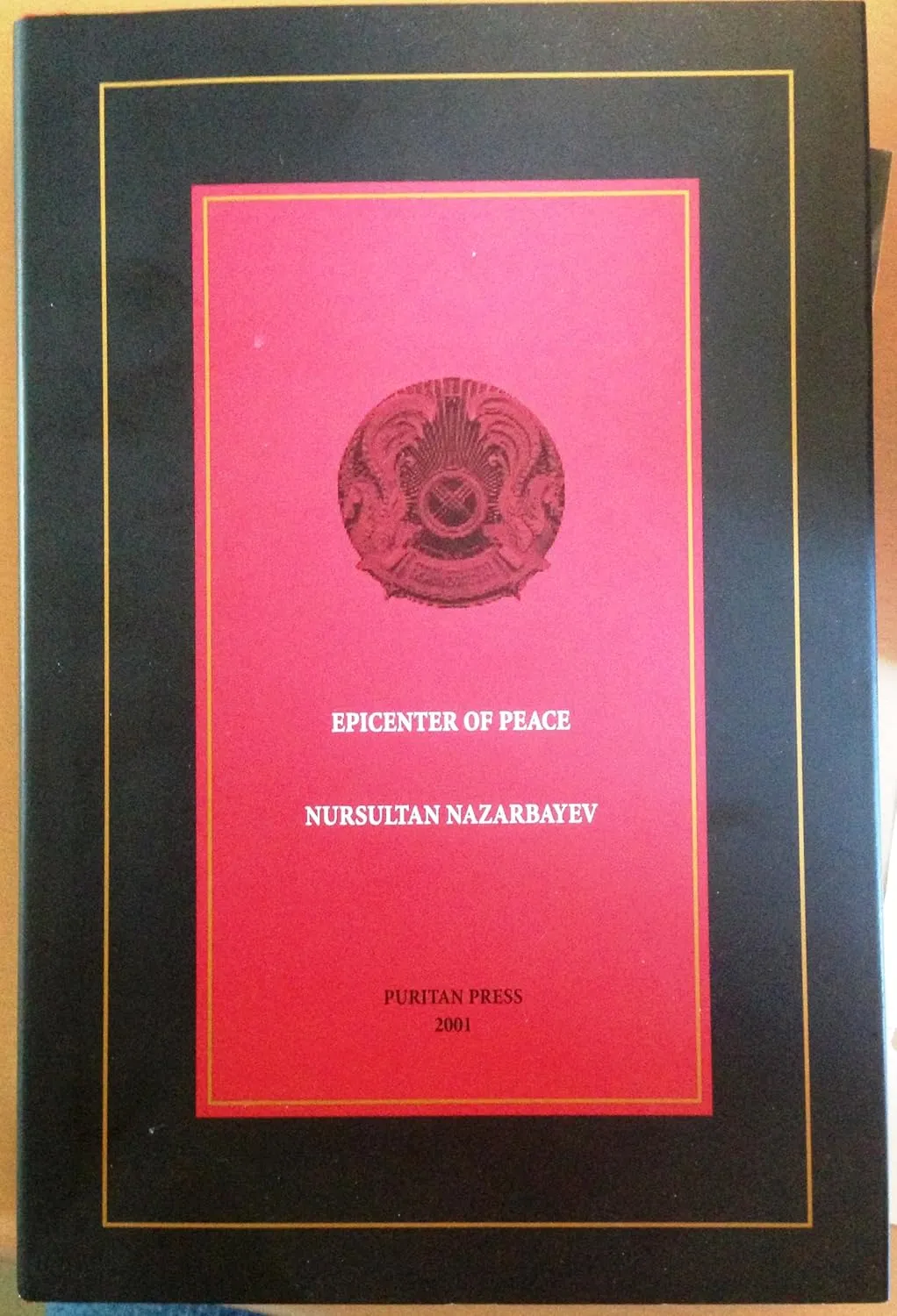Epicenter of peace

When the Soviet Union collapsed in 1991, the newly independent republics faced many common challenges, including state building and integration into the world community, as well as different regional hurdles. Kazakstan, the site of the Soviet Union's atomic weapons testing for almost half a century, inherited a vast nuclear stockpile that made it the fourth largest nuclear state in the world.
Having embarked on a course of democracy, Kazakstan acted in response to the public outcry against nuclear testing. In the closed Soviet system, the people of Kazakstan had suffered from the effects of fallout for forty years and were denied information about the testing and its impact on their health. Nursultan Nazarbayev's first act as president of an independent nation showed the world the seriousness and sincerity of its intentions. He shut down the Semipalatinsk Nuclear Test Site, where the first Soviet bomb was detonated in 1949. This was followed by a more radical decision: to give up its nuclear arsenal and to declare Kazakstan a nuclear-free nation. Acting with the support and aid of the people of the United States, it destroyed more than a thousand warheads and ICBMs.